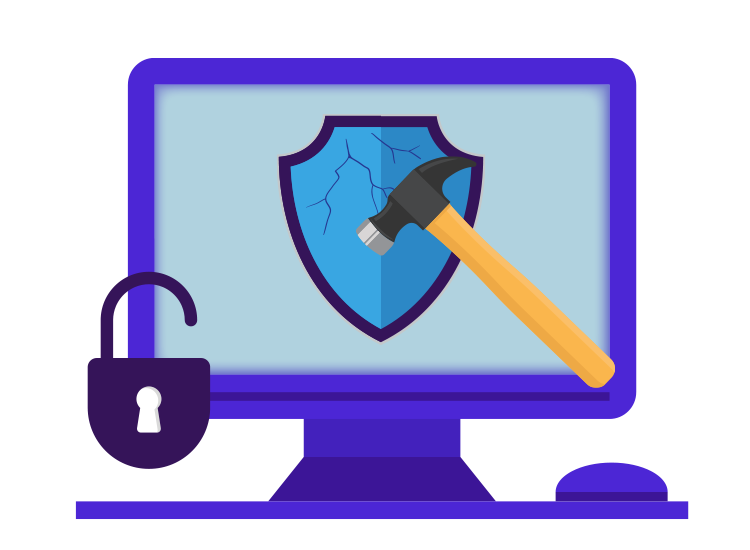
You may, or may not have heard about cracking. Either way, you should be aware of this threat, and learn how you can protect yourself.
In this article, we show you what it is, how it works, how to spot it and protect against such attacks.
What is cracking?
To know how it works, and what you can do about it, it is essential to learn what it is. So, it’s a type of hacking. But, while hacking uses technology to get over an obstacle, i.e. the security system, cracking always has malicious reasons behind it.
Attackers who use this method use their skills and technology to break into computer systems. They crack into it by exploiting the security system’s vulnerabilities.
So, although we generally call such people hackers, the right word for them is crackers. In fact, the specialists prefer this term, as many hackers help security companies test their systems.
Therefore, crackers perform security hacks for malicious reasons. Moreover, these attackers do not use really sophisticated techniques. So, they are somehow behind hackers, in terms of knowledge and skills. Usually, these people use other’s tools to do their dirty job.
These attacks may have many different targets:
- Passwords – when attackers obtain passwords from websites that store this data, unencrypted. We discussed here how you should encrypt your data. To do this, attackers use special programs, dictionary cracking, and rainbow table cracking.
- Software – when they manage to change a piece of software to either disable or remove the security layers. They often target pop-up reminders. In this case, the tools they use are key generators, patches for modifying programs, and loaders to block the protection measures.
- Network – when they manage to break through the security of your Local Area Network (LAN). So, remember how to secure your home network.
Their target may be data theft, espionage, data manipulation, damage, or spreading malware.
How to reduce the risks?
In order to prevent becoming a victim of cracking, there are a few things you can do:
- Set strong and unique passwords for each of your accounts, and use a powerful password manager.
- Do not use public networks, unless you use a VPN (a virtual private network).
- Secure your local area network.
- Update your system and software regularly.
- Avoid clicking weird ads.
- Always check for HTTPS certificates.
- Activate the two-factor authentication (2FA), whenever it’s possible.
- Do not share personal details.
- Use powerful antivirus software. Here is a list of the best ones, from TechRadar.
- Ignore potential phishing emails.
Now, that you know how to stay safe in front of the attackers, you should never a victim of cracking.

